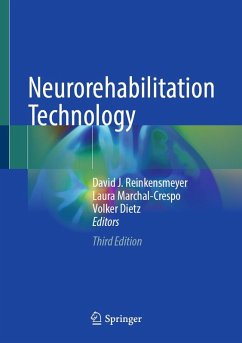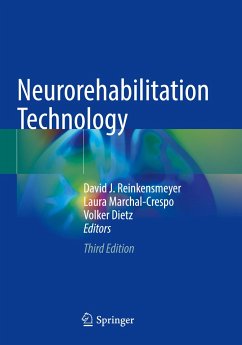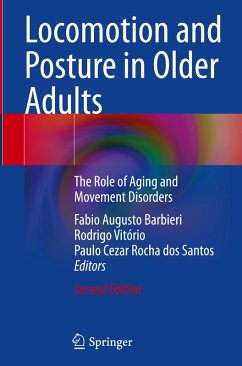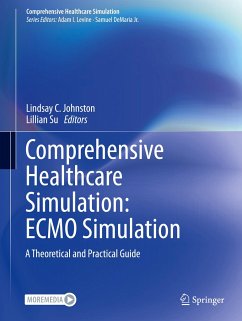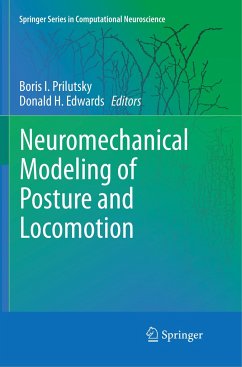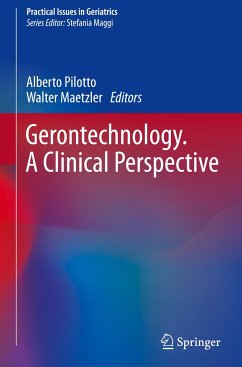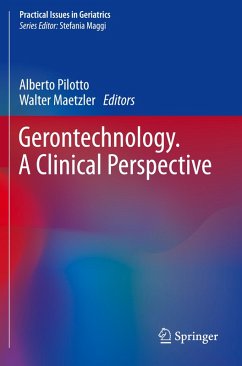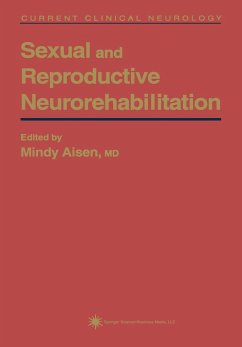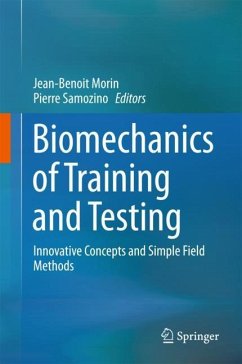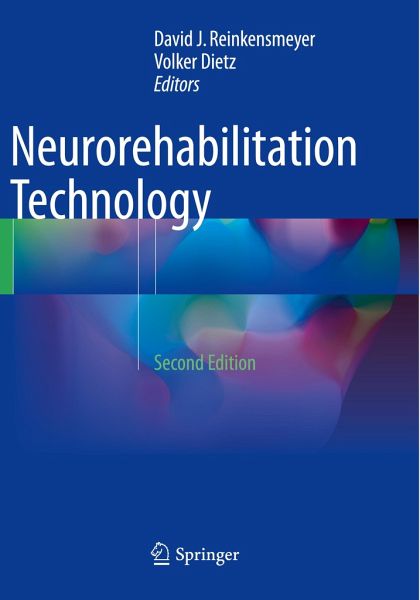
Neurorehabilitation Technology
Versandkostenfrei!
Versandfertig in 6-10 Tagen
92,99 €
inkl. MwSt.

PAYBACK Punkte
46 °P sammeln!
This revised, updated second edition provides an accessible, practical overview of major areas of technical development and clinical application in the field of neurorehabilitation movement therapy. The initial section provides a rationale for technology application in movement therapy by summarizing recent findings in neuroplasticity and motor learning. The following section then explains the state of the art in human-machine interaction requirements for clinical rehabilitation practice. Subsequent sections describe the ongoing revolution in robotic therapy for upper extremity movement and fo...
This revised, updated second edition provides an accessible, practical overview of major areas of technical development and clinical application in the field of neurorehabilitation movement therapy. The initial section provides a rationale for technology application in movement therapy by summarizing recent findings in neuroplasticity and motor learning. The following section then explains the state of the art in human-machine interaction requirements for clinical rehabilitation practice. Subsequent sections describe the ongoing revolution in robotic therapy for upper extremity movement and for walking, and then describe other emerging technologies including electrical stimulation, virtual reality, wearable sensors, and brain-computer interfaces. The promises and limitations of these technologies in neurorehabilitation are discussed. Throughout the book the chapters provide detailed practical information on state-of-the-art clinical applications of these devices following stroke, spinal cord injury, and other neurologic disorders. The text is illustrated throughout with photographs and schematic diagrams which serve to clarify the information for the reader.
Neurorehabilitation Technology, Second Edition is a valuable resource for neurologists, biomedical engineers, roboticists, rehabilitation specialists, physiotherapists, occupational therapists and those training in these fields.
Neurorehabilitation Technology, Second Edition is a valuable resource for neurologists, biomedical engineers, roboticists, rehabilitation specialists, physiotherapists, occupational therapists and those training in these fields.



